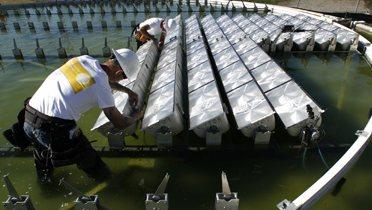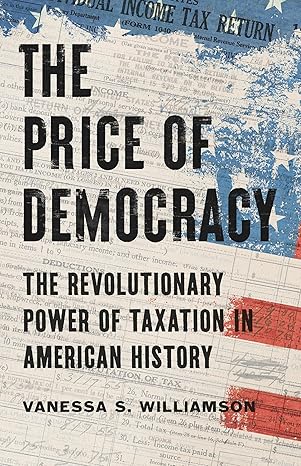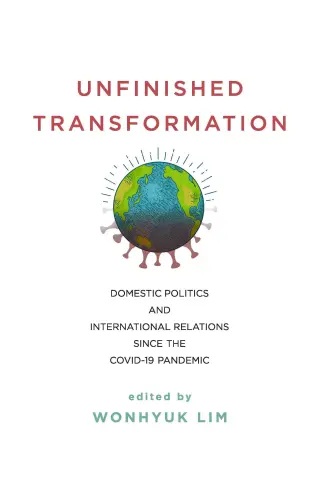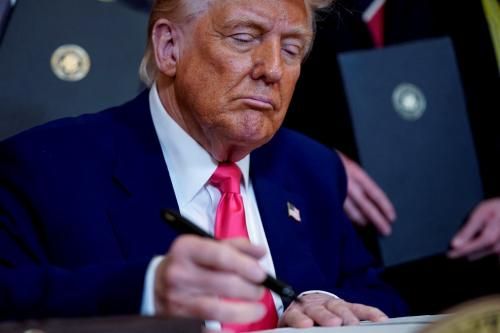The Obama administration recently announced a proposed rule for reducing emissions from existing power plants. The goal is to reduce carbon dioxide emissions by about 30% compared to 2005 levels. If we look at today’s levels, this amounts to about a 15% reduction in power plant emissions and about a 5% reduction of total US carbon dioxide emissions.
A comprehensive, market-based system for reducing emissions, such as a nationwide carbon tax, would be more cost-effective than a sector-specific approach that relies on the regulatory mechanisms of the existing Clean Air Act that sets different goals across states. Nonetheless, given that the U.S. Environmental Protection Agency is working under the constraints of the Clean Air Act, its proposal does a good job of providing compliance flexibility, which is the key to containing costs. (As a separate matter, as described in a recent working paper I co-authored with W. Kip Viscusi of Vanderbilt University, I take some issue with the EPA’s computation of the benefits that stem from this rule, which breaks from traditional methodological practice by including the benefits to the entire world for a rule in which costs are borne domestically.)
We are still a long way from this proposed rule becoming final (and withstanding legal challenges), but here are some initial questions and comments regarding the degree of flexibility contained in the proposal:
Will states have flexibility over time?
The proposal sets state-specific emission goals “which represent emission rates to be achieved by 2030 … and emission rates to be achieved on average over the 2020-2029 period (the interim goal).” This suggests that there is across-time flexibility in meeting the pre-2030 limits, meaning a state can do more to comply with regulations in the early years and then do less in the later years (or vice versa), so long as the average is met.
By providing such temporal flexibility, the proposal reduces overall costs, with no long-term impact on the environment. Unfortunately, the proposal does seem more rigid about compliance in 2030 and thereafter. Each state must meet the annual limit for 2030, although there is some averaging allowed for narrow three-year periods for later years. Limiting the across-time flexibility increases the overall compliance cost, for example by not allowing banking and borrowing of allowances in a cap-and-trade system that a state wishes to join. It could be that the EPA worried about states adopting a cap-and-trade system in which power plants perpetually borrow allowances (i.e., under-comply each year, with the promise of over-complying in some indefinite future year), but this is easily addressable by applying a discount rate to any borrowed allowances.
How will emissions reductions be measured?
The proposal sets state-specific emission rate limits, but also allows states to instead adopt a mass-based emissions goal (the EPA provides a method for translating from a rate-based goal to a mass-based goal). A rate measures carbon dioxide emissions per unit of output, whereas mass measures the total amount of emissions. There may be a legal reason for providing both options, but I think just offering a mass-based goal is preferable. First, it is the level of emissions that determines whether we are meeting our environmental goals. Second, relying on an emissions rate limit adds considerable complications (which is why the EPA talks about “adjusted output-weighted-average pounds” per output rather than a simple emissions per output calculation). There is an entire technical document devoted to this conversion from rates to mass, which entails making assumptions on such things as electricity load projections, fuel supply and pricing, as well as the timing of state “actions” that impact emissions performance.
Take for instance, the question of a state adopting energy efficiency standards in order to reduce power plant emissions, as is allowed by the proposed rule. It is not clear how such demand-side standards would impact power plant emission rates. The proposal therefore puts the EPA in the position of devising a complicated method of adjusting the emission rate limits depending on different types of energy efficiency standards implemented by the states. A mass-based standard would not require any such adjustments. If the demand-side standards work, then emissions go down, helping the state achieve compliance. No adjustments needed. (It’s also unclear from the proposal whether the state can toggle between an emission rate limit and an emission mass limit from year-to-year, which could introduce a problem of states gaming the system.)
Given the complication of translating the state emission-rate limits to mass limits, it is unclear whether the existing regional cap-and-trade programs (such as the Regional Greenhouse Gas Initiative) are on track toward achieving compliance for the 2020-2029 requirements and the 2030 requirements, and if not, how much they would need to tighten their cap on emission allowances in order to be in compliance. Again, a mass based standard would make this a trivial and transparent calculation.
Can states adopt a carbon tax?
A carbon tax and a cap-and-trade system both put a price on emissions, and both result in a cost-effective means of reducing pollution. Nonetheless, as I’ve written before, I believe that a carbon tax is preferable. While the phrase “cap-and-trade” seems politically verboten ever since the failed attempt by Congress to adopt such a system, the EPA proposal does explicitly refer to “allowance-trading programs” (which is synonymous with cap-and-trade) as an acceptable means for states to achieve the limits prescribed by the EPA. In another bow to politics, the proposal never mentions the possibility of states adopting a carbon tax to achieve the prescribed limits. Presumably, this is allowed, given that the proposal explicitly says that, “it does not prescribe how a state should meet its goal.” But any state proposal needs to be approved by the EPA, so it would have been nice if EPA included a carbon tax as an acceptable option for compliance.
The most cost-effective means of reducing carbon dioxide emissions is through a comprehensive, nationwide carbon tax. But such an approach requires new legislation, which is not forthcoming (to say the least). To its credit, working under the restrictive confines of the existing Clean Air Act, the EPA’s recent proposal provides a surprising degree of flexibility to the states. Whether the final rule maintains this flexibility (or, one hopes, increases the cost-effective options), and whether the rule survives challenges in the courts and in state legislations, remains to be seen.
The Brookings Institution is committed to quality, independence, and impact.
We are supported by a diverse array of funders. In line with our values and policies, each Brookings publication represents the sole views of its author(s).










Commentary
Op-ed3 Questions for Obama’s Fight Against Climate Change
June 16, 2014